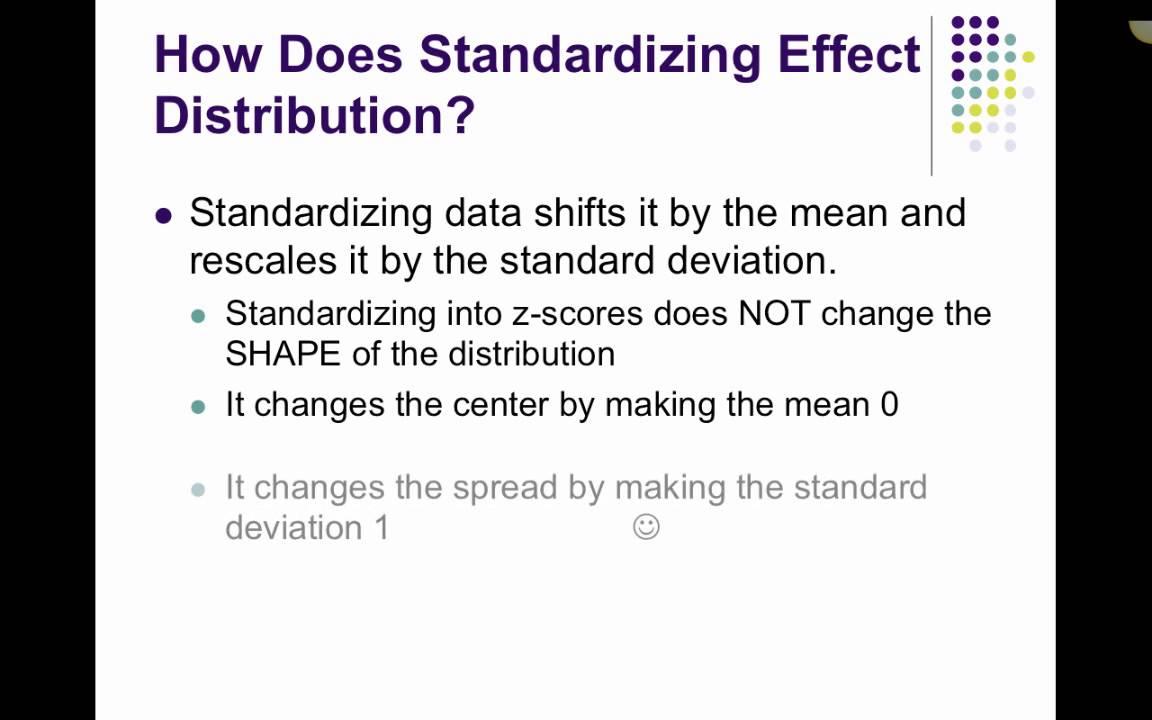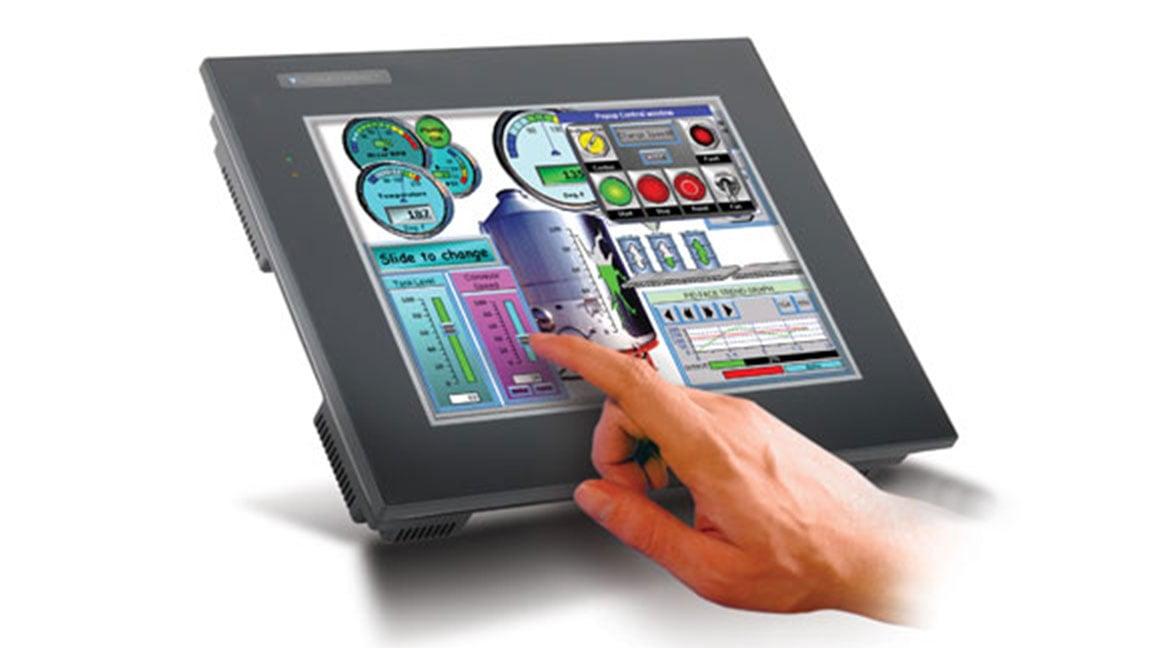In an age where operational efficiency defines competitive advantage, the integration of Human-Machine Interface (HMI) and Programmable Logic Controller (PLC) systems across multi-line facilities emerges as a crucial consideration for manufacturers. As production environments grow increasingly complex, the disparities in coding practices and interface designs can lead to inefficiencies, errors, and challenges in training. This article delves into the significance of standardizing HMI and PLC code, exploring how uniformity can streamline operations, enhance collaboration among teams, and elevate the overall performance of multi-line facilities. By examining methods, best practices, and the potential impact of standardization, we aim to shed light on a path towards greater consistency and reliability in industrial automation. Join us as we navigate the intricate landscape of standardization, uncovering the benefits it holds for modern manufacturing.
Establishing a Common Framework for HMI and PLC code Integration
To achieve seamless integration between HMI (Human-Machine Interface) and PLC (programmable Logic Controller) systems, establishing a common framework is vital. This framework should focus on a few core principles that promote consistency and reliability across various production lines. Key components to consider include:
- Modular Design: Implementing a modular architecture allows different teams to work on specific sections without disrupting the entire system.
- Standardized Interaction Protocols: Utilizing common protocols, such as MQTT or OPC UA, can facilitate efficient data exchange between systems.
- Unified Tag Naming Convention: Adopting a consistent naming scheme for tags across HMI and PLC environments reduces confusion and enhances maintainability.
A comprehensive documentation strategy is also integral to this framework, ensuring all team members have access to best practices and guidelines. Additionally, training programs tailored for operators and engineers can enhance understanding and compliance with the standardized processes. Below is a brief overview of potential training topics:
| training Topic | Focus Area |
|---|---|
| Introduction to HMI & PLC Integration | Basic concepts and the importance of standardization |
| Hands-On Configuration | practical session on setting up HMI and PLC systems |
| Best Practices in Tag Management | Understanding unified naming and association |
Enhancing Efficiency through Modular Code Design and Reusability
In the realm of modern manufacturing, adopting a modular coding approach is essential for standardizing Human-Machine Interface (HMI) and Programmable Logic Controller (PLC) code across multi-line facilities. By breaking down complex processes into smaller, reusable components, teams can dramatically enhance productivity while minimizing errors. This streamlined methodology enables engineers to create libraries of functions that can be utilized across various projects, thus promoting consistency and reliability. key benefits include:
- Faster Progress Time: Teams can easily integrate pre-existing modules instead of starting from scratch.
- Improved Collaboration: Shared code libraries foster a collaborative environment where engineers can build upon each other’s work.
- Reduced Downtime: Standardized code simplifies troubleshooting and maintenance,ensuring minimal disruption during operations.
Moreover, fostering reusability throughout the codebase not only accelerates development cycles but also enhances scalability. As production lines expand or shift, standardization allows for promoting efficiency across all platforms. To illustrate, consider the following table showcasing potential reusable components versus their submission scenarios:
| Module | Application Scenario |
|---|---|
| Start/Stop Control | Multi-sensor integration for various machines. |
| Error Handling Routines | Uniform responses across production lines. |
| Data Logging Functions | Centralized monitoring of operational metrics. |
Implementing these practices not only encourages a culture of innovation but also positions facilities to respond swiftly to market demands,leading to sustained competitiveness in the industry.
Implementing Best Practices for Cross-Platform compatibility
To achieve seamless integration across varied platforms, it’s essential to adopt an approach that prioritizes consistency and adaptability. By utilizing standardized protocols for data exchange, facilities can minimize the friction between different hardware and software combinations.Establishing a common framework not only streamlines troubleshooting but also enhances collaboration among teams. Consider leveraging technologies such as REST APIs and MQTT to facilitate communication between Human-Machine Interfaces (HMIs) and Programmable Logic Controllers (PLCs). This allows for a uniform data structure that is easily interpretable across different systems, ensuring better compatibility.
Additionally, investing in comprehensive testing and validation protocols can further protect against incompatibility issues. By implementing a structured testing matrix, facilities can assess the responsiveness and functionality of the standardized code across different platforms. The following table can serve as a highlight of key testing parameters:
| Testing Parameter | Importance | Recommended Frequency |
|---|---|---|
| Functionality Testing | Ensures expected operations | Every deployment |
| Compatibility testing | Validates cross-platform interaction | Quarterly |
| Performance Testing | Assesses speed and efficiency | Bi-annual |
By committing to these best practices, organizations can not only enhance operational efficiency but also reduce the risk of costly errors arising from miscommunication between systems. Training staff on the importance of adhering to these standards will further cultivate a culture of reliability and excellence.
fostering Collaboration and Training for sustained Standardization
To ensure a seamless integration of standardized Human-Machine Interface (HMI) and Programmable Logic Controller (PLC) code across multi-line facilities, fostering a culture of collaboration among teams is vital. By bringing together engineers, operators, and IT professionals, organizations can create a shared understanding of best practices and standard operating procedures. this collaboration encourages cross-disciplinary dialog which can lead to innovative solutions for common challenges encountered in the standardization process. Consequently, teams can work toward shared goals, ensuring the adoption of uniform coding practices that enhance reliability and efficiency.
Training programs must also be tailored to promote sustained standardization within facilities. Implementing regular workshops and hands-on training sessions prepares personnel to navigate and utilize standardized tools effectively. consider incorporating the following elements into your training curriculum:
- Interactive Learning Modules: Engage users through scenarios that simulate real-world applications.
- Documentation Standards: provide clear guidance on coding conventions, version control, and change management.
- Feedback Mechanisms: Establish channels for employees to share insights and improvements on coding practices.
By investing in training and collaborative initiatives, facilities not only enhance their operational consistency but also empower their workforce, positioning themselves for continuous improvement and long-term success in standardization efforts.
In Retrospect
standardizing HMI and PLC code across multi-line facilities is not merely a technical challenge; it is a strategic opportunity that can revolutionize the way industries operate. By establishing uniformity in programming, organizations can enhance efficiency, minimize errors, and foster seamless communication between various production lines. As we move towards a more interconnected future, embracing these standards is essential for driving innovation and accelerating growth.The journey to standardization may require an initial investment of time and resources, but the long-term benefits of increased productivity, reduced downtime, and improved scalability make it a pivotal endeavor. By prioritizing cohesive coding practices, businesses can empower their teams, streamline operations, and ultimately position themselves for success in an ever-evolving marketplace.
As you navigate this transformative landscape, remember that each step toward standardization not only builds a framework for today but also sets the stage for future advancements. Together, let’s embrace the power of collaboration and innovation, crafting a more efficient and effective manufacturing ecosystem that stands the test of time.





















